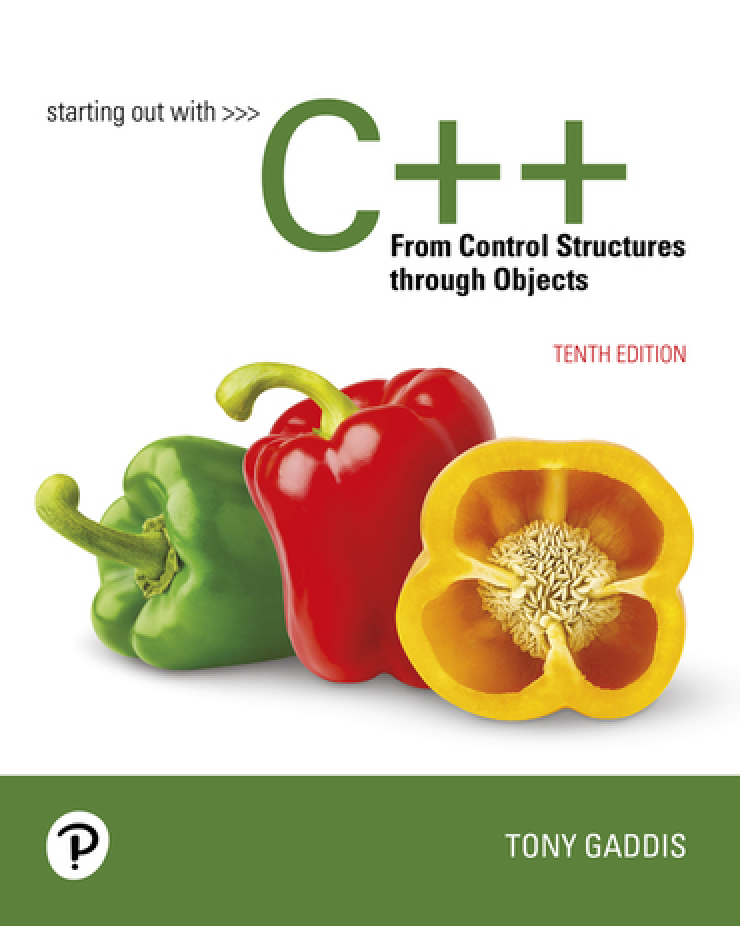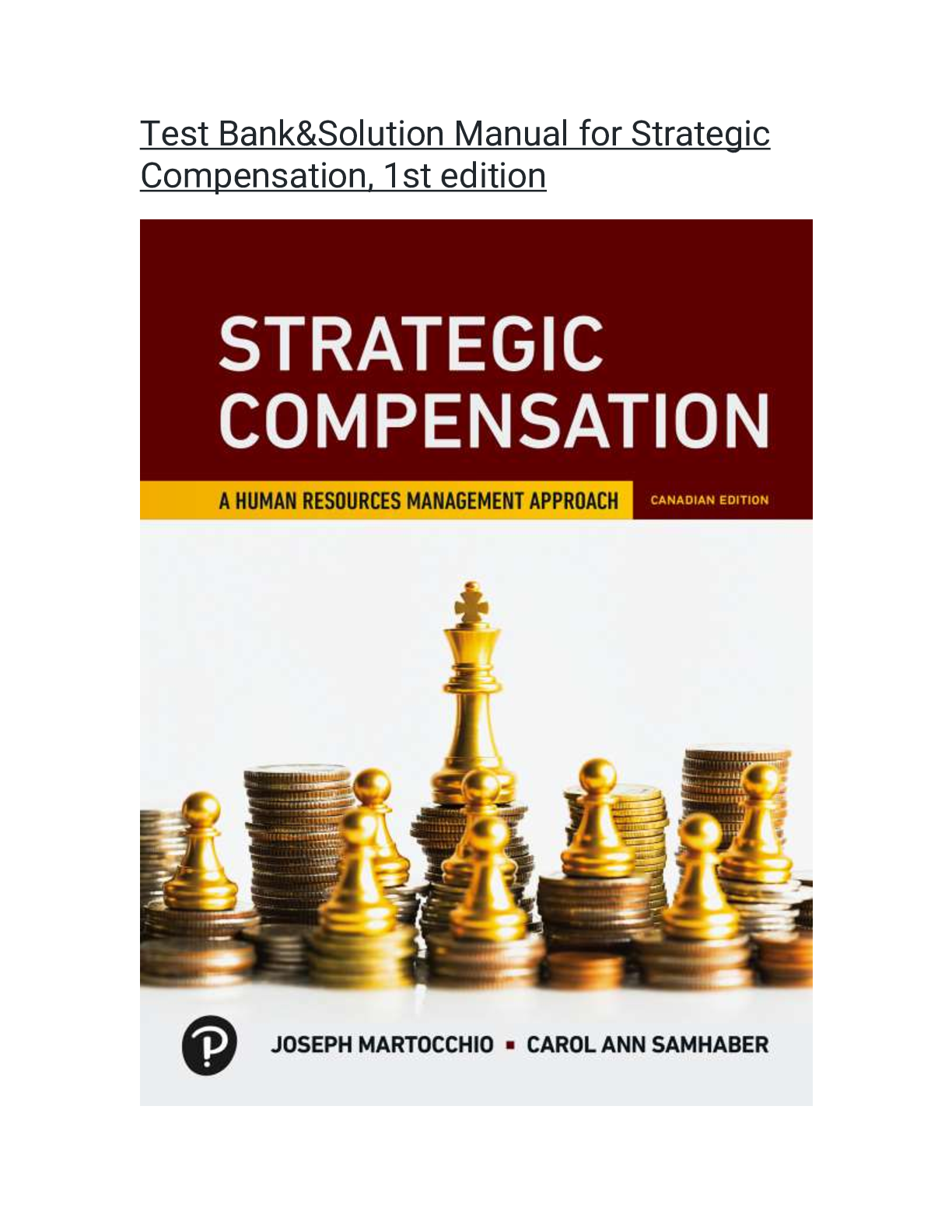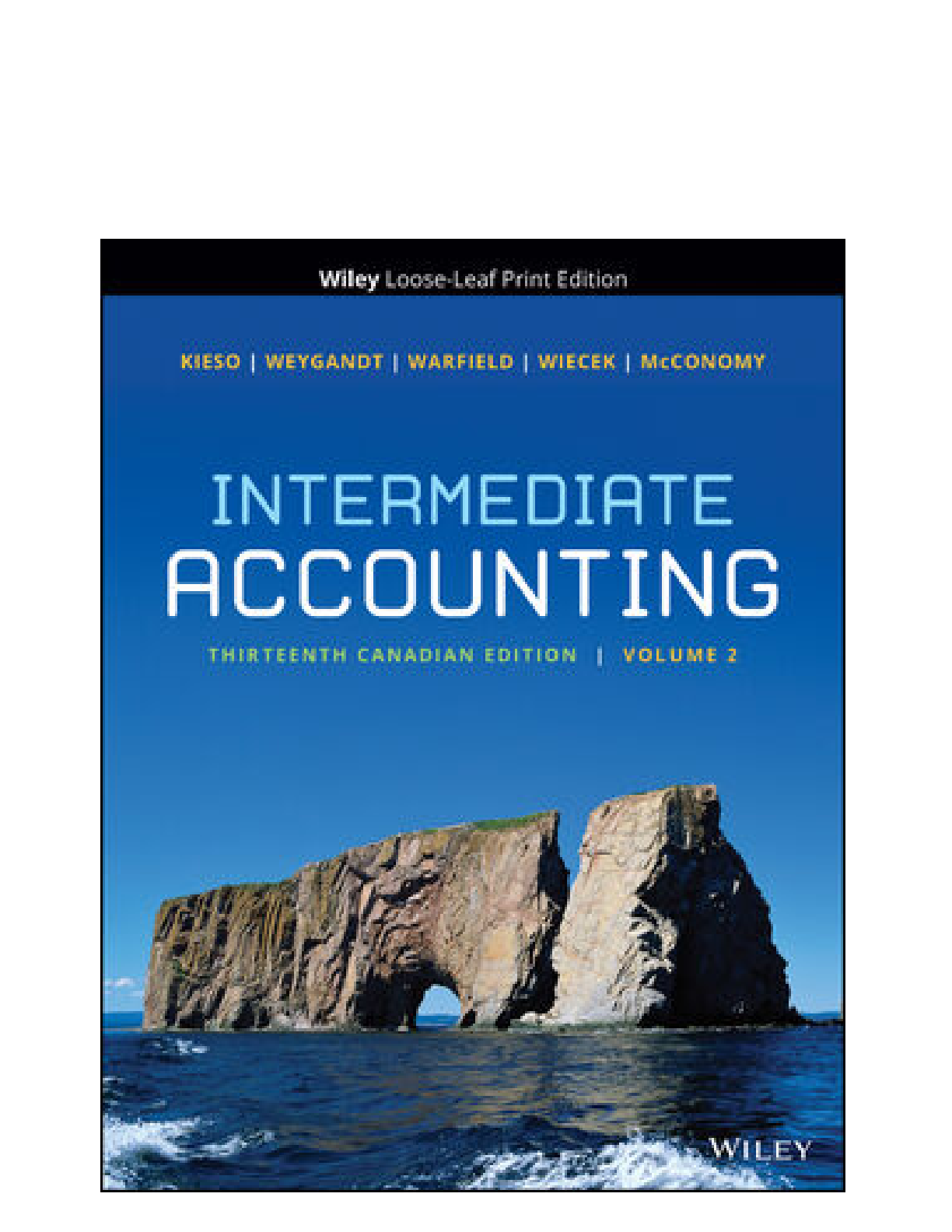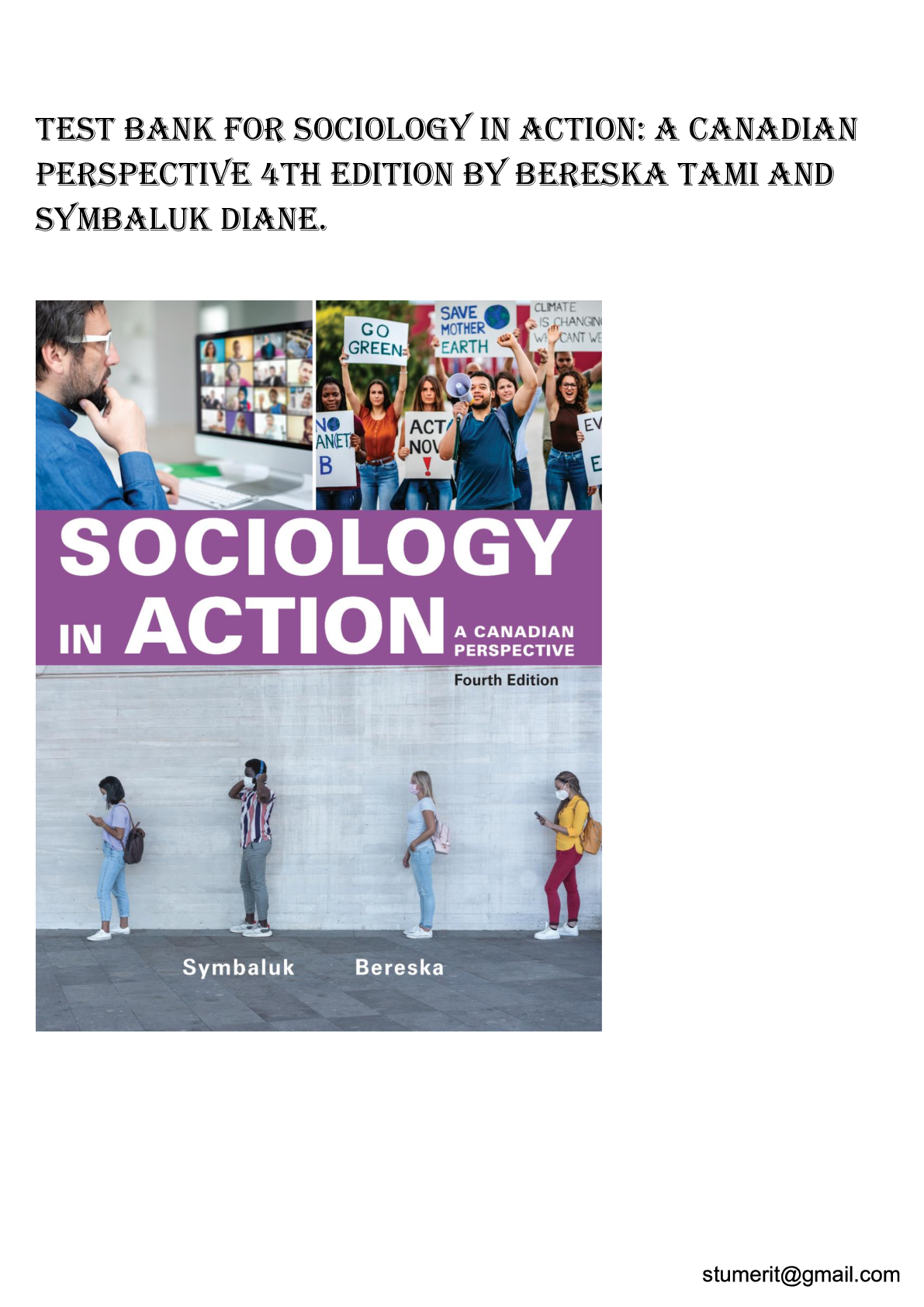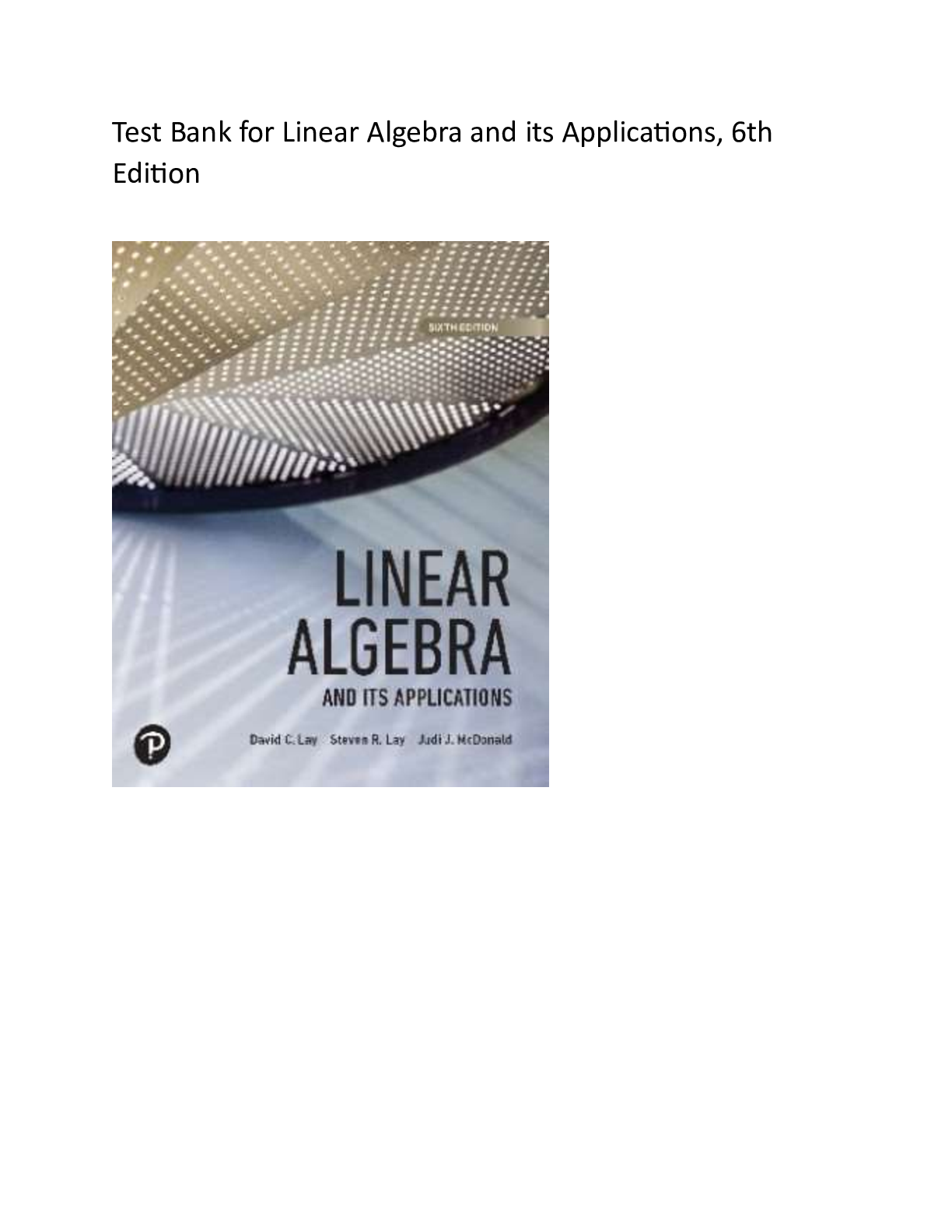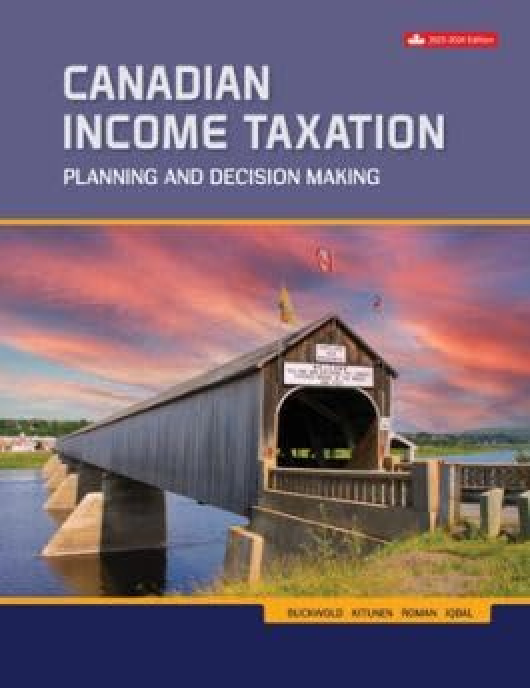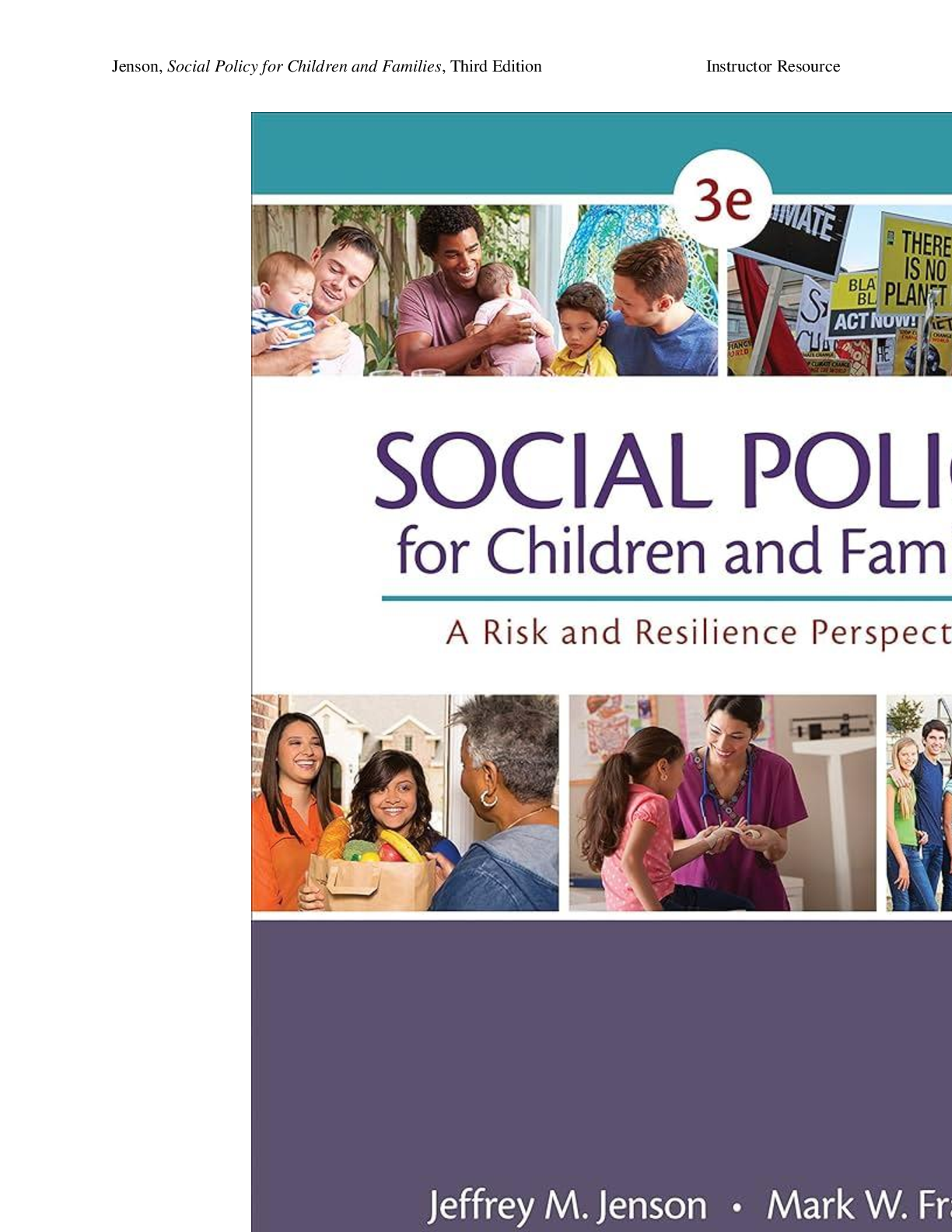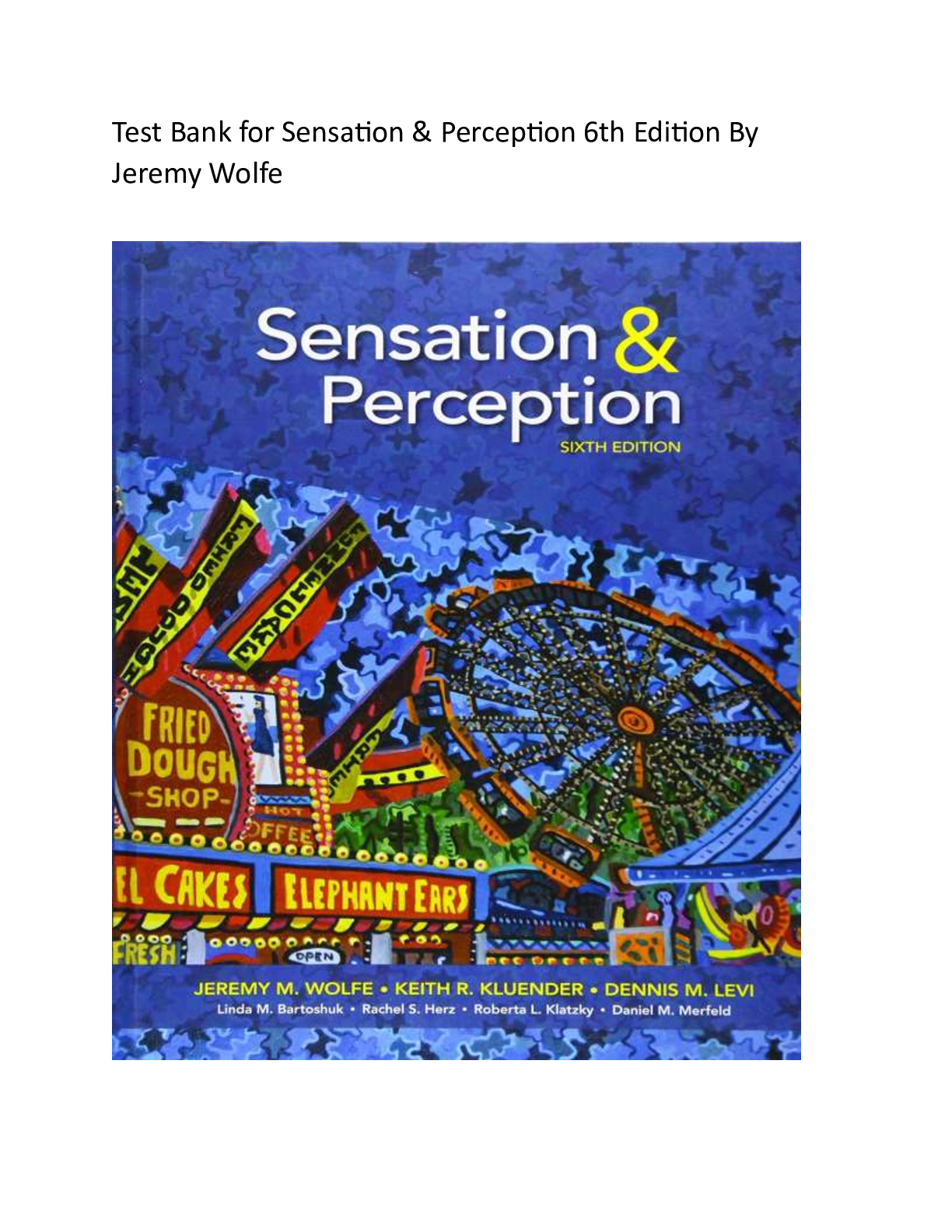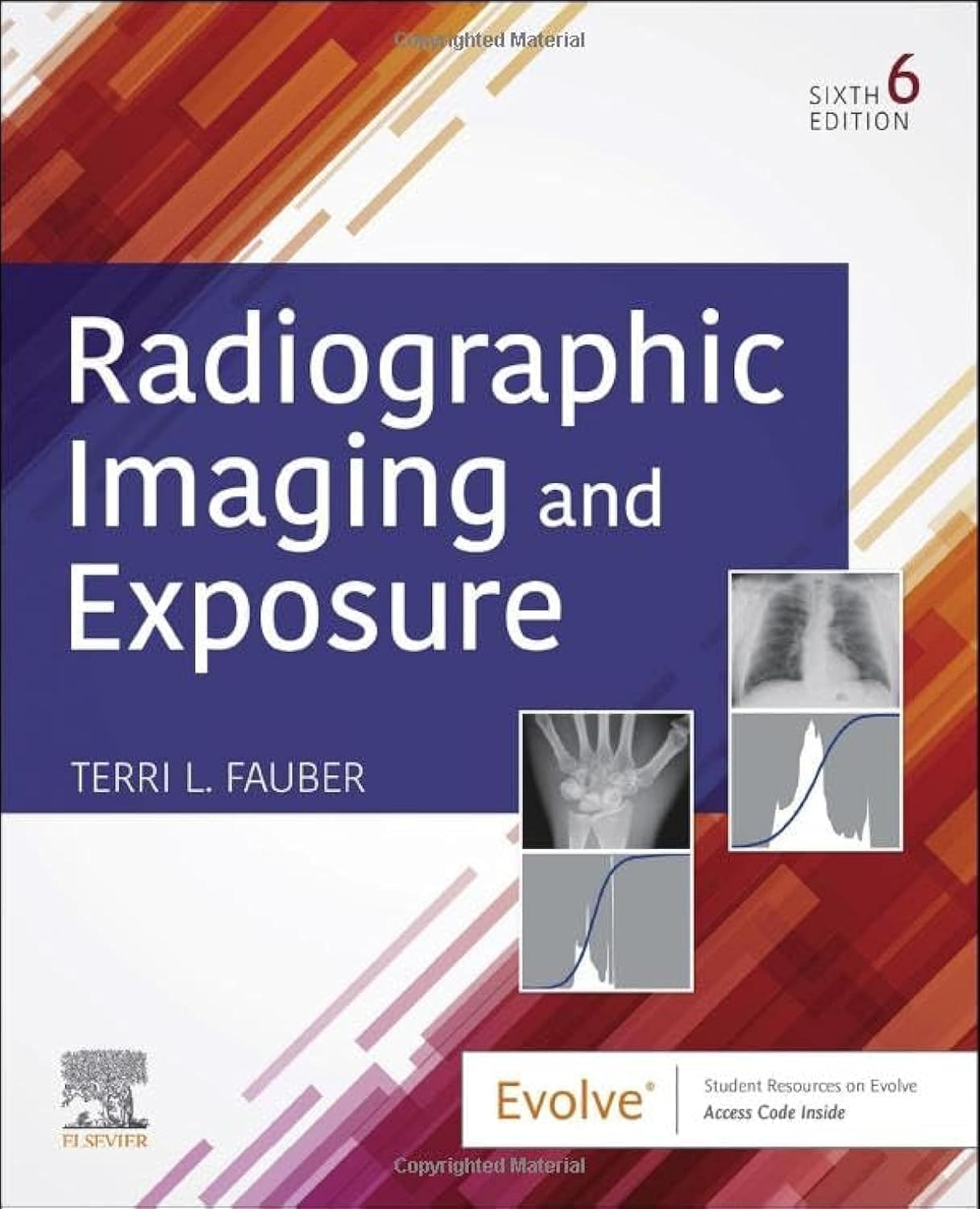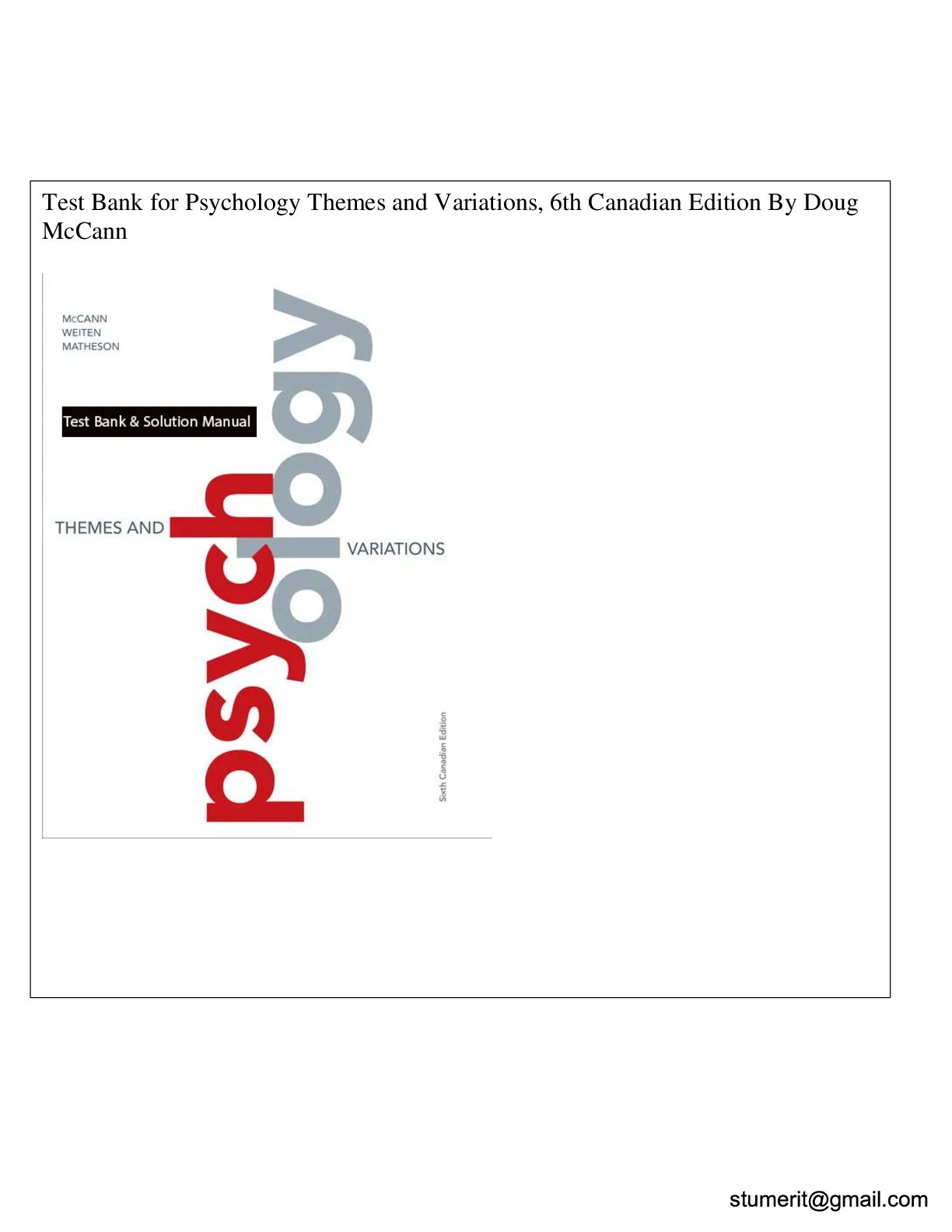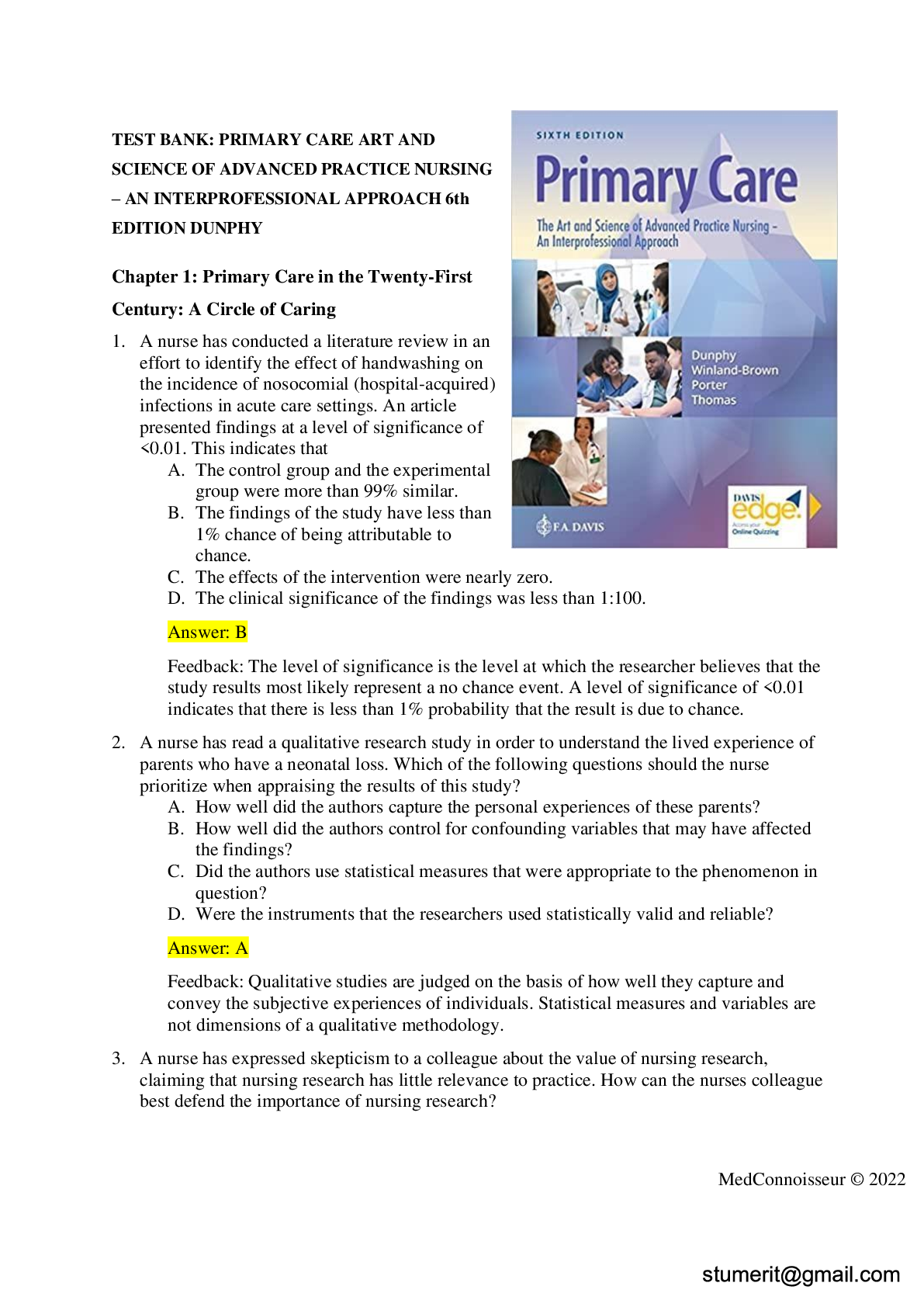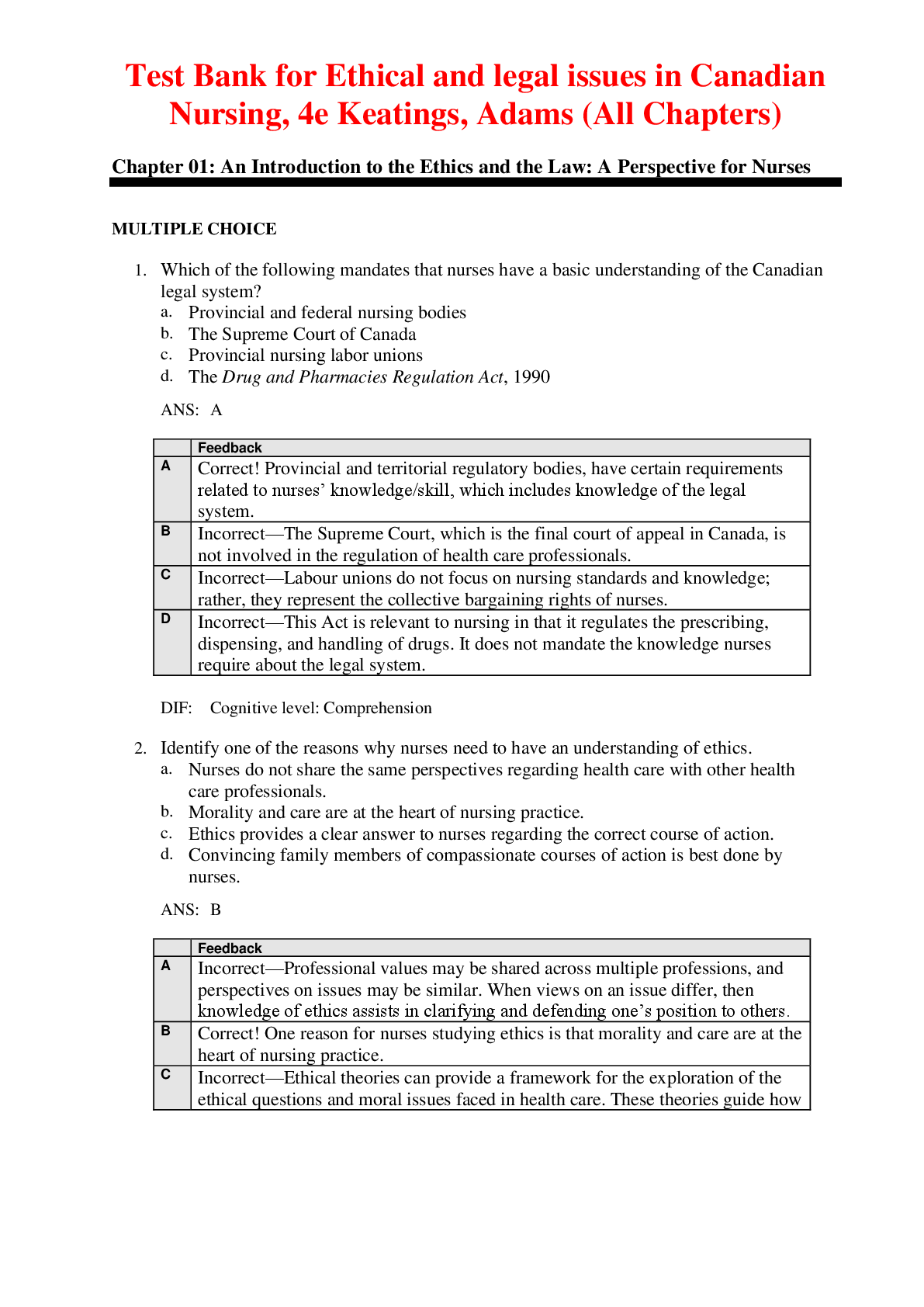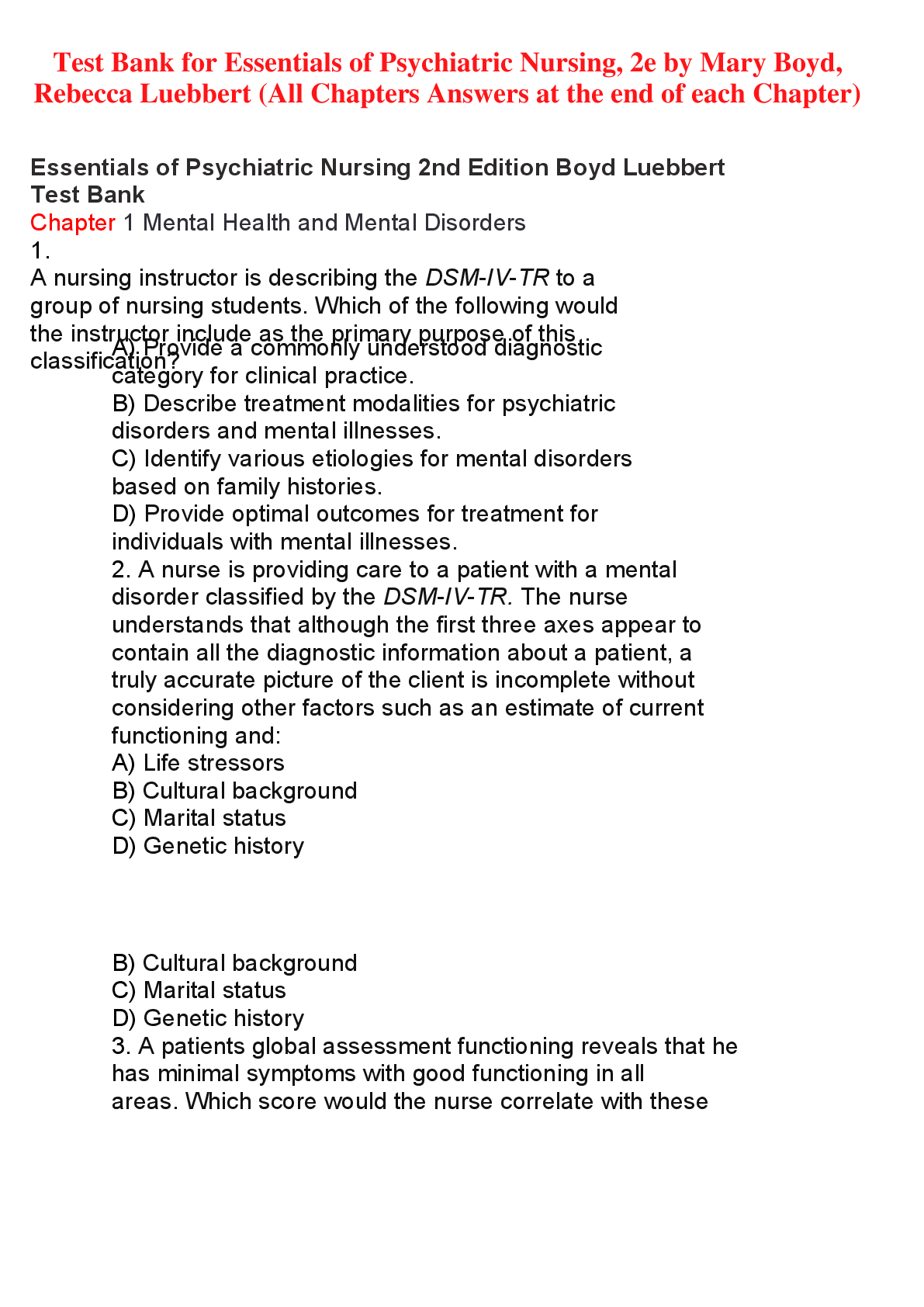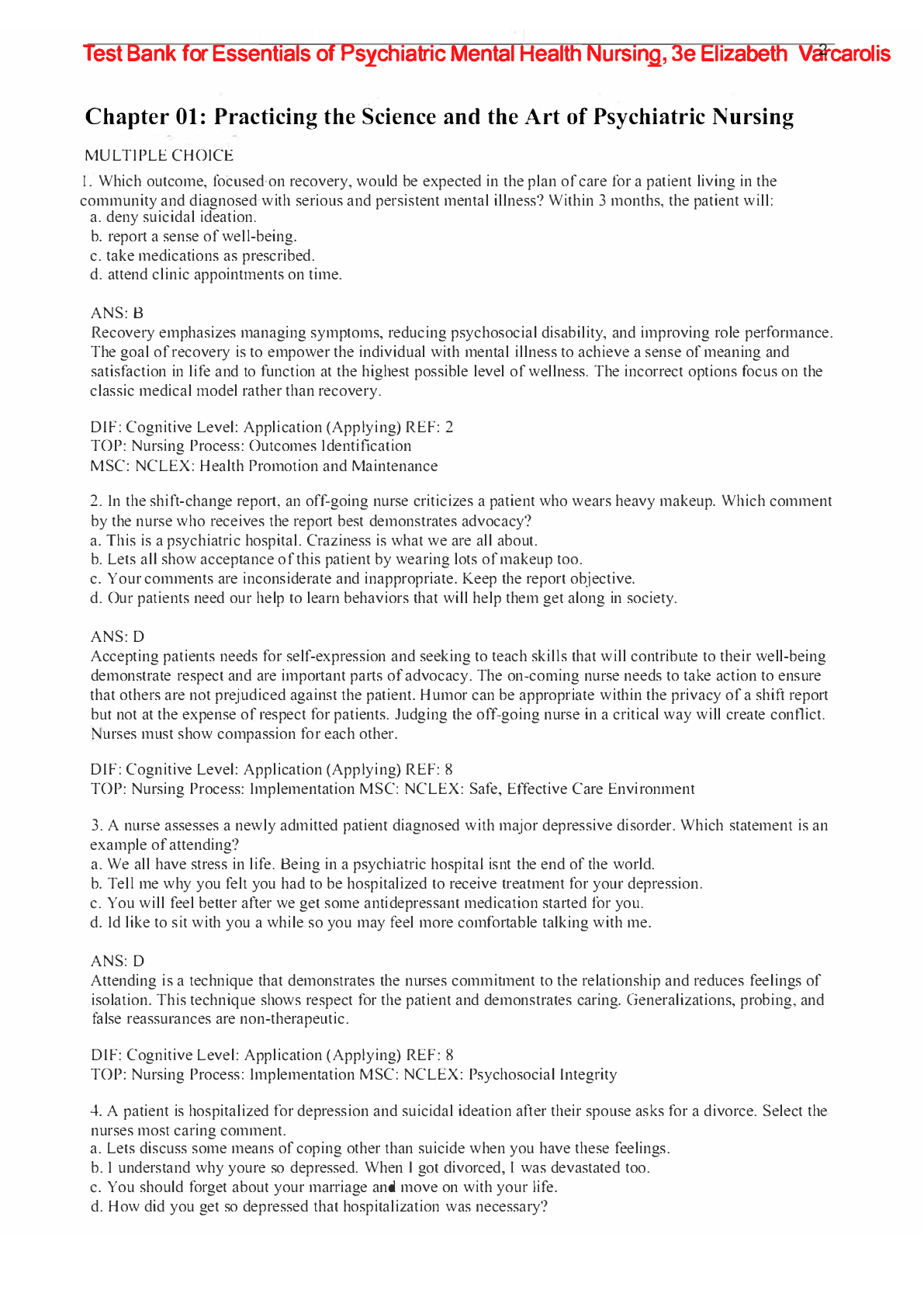Computer Networking > TEST BANKS > Solution Manual for Computer Networking, 8th Edition by James Kurose (All)
Solution Manual for Computer Networking, 8th Edition by James Kurose
Document Content and Description Below
Chapter 1 Review Questions 1. There is no difference. Throughout this text, the words “host” and “end system” are used interchangeably. End systems include PCs, workstations, Web servers, ma ... il servers, PDAs, Internet-connected game consoles, etc. 2. From Wikipedia: Diplomatic protocol is commonly described as a set of international courtesy rules. These well-established and time-honored rules have made it easier for nations and people to live and work together. Part of protocol has always been the acknowledgment of the hierarchical standing of all present. Protocol rules are based on the principles of civility. 3. Standards are important for protocols so that people can create networking systems and products that interoperate. 4. 1. Dial-up modem over telephone line: home; 2. DSL over telephone line: home or small office; 3. Cable to HFC: home; 4. 100 Mbps switched Ethernet: enterprise. 5. HFC bandwidth is shared among the users. On the downstream channel, all packets emanate from a single source, namely, the head end. Thus, there are no collisions in the downstream channel. 6. In most American cities, the current possibilities include: dial-up; DSL; cable modem; fiber-to-the-home. 7. Ethernet LANs have transmission rates of 10 Mbps, 100 Mbps, 1 Gbps and 10 Gbps. 8. Today, Ethernet most commonly runs over twisted-pair copper wire. It also can run over fibers optic links. 9. ADSL: up to 24 Mbps downstream and 2.5 Mbps upstream, bandwidth is dedicated; HFC, rates up to 42.8 Mbps and upstream rates of up to 30.7 Mbps, bandwidth is shared. FTTH: 2-10Mbps upload; 10-20 Mbps download; bandwidth is not shared. 10. There are two popular wireless Internet access technologies today: a. Wifi (802.11) In a wireless LAN, wireless users transmit/receive packets to/from an base station (i.e., wireless access point) within a radius of few tens of meters. The base station is typically connected to the wired Internet and thus serves to connect wireless users to the wired network. b. 3G and 4G wide-area wireless access networks. In these systems, packets are transmitted over the same wireless infrastructure used for cellular telephony, with the base station thus being managed by a telecommunications provider. This provides wireless access to users within a radius of tens of kilometers of the base station. 11. At time t0 the sending host begins to transmit. At time t1 = L/R1, the sending host completes transmission and the entire packet is received at the router (no propagation delay). Because the router has the entire packet at time t1, it can begin to transmit the © 2020 Pearson Education, Hoboken, NJ. All rights reserved. packet to the receiving host at time t1. At time t2 = t1 + L/R2, the router completes transmission and the entire packet is received at the r [Show More]
Last updated: 1 year ago
Preview 5 out of 135 pages

Loading document previews ...
Buy this document to get the full access instantly
Instant Download Access after purchase
Buy NowInstant download
We Accept:

Reviews( 0 )
$24.50
Can't find what you want? Try our AI powered Search
Document information
Connected school, study & course
About the document
Uploaded On
Dec 05, 2024
Number of pages
135
Written in
All
Additional information
This document has been written for:
Uploaded
Dec 05, 2024
Downloads
0
Views
64

